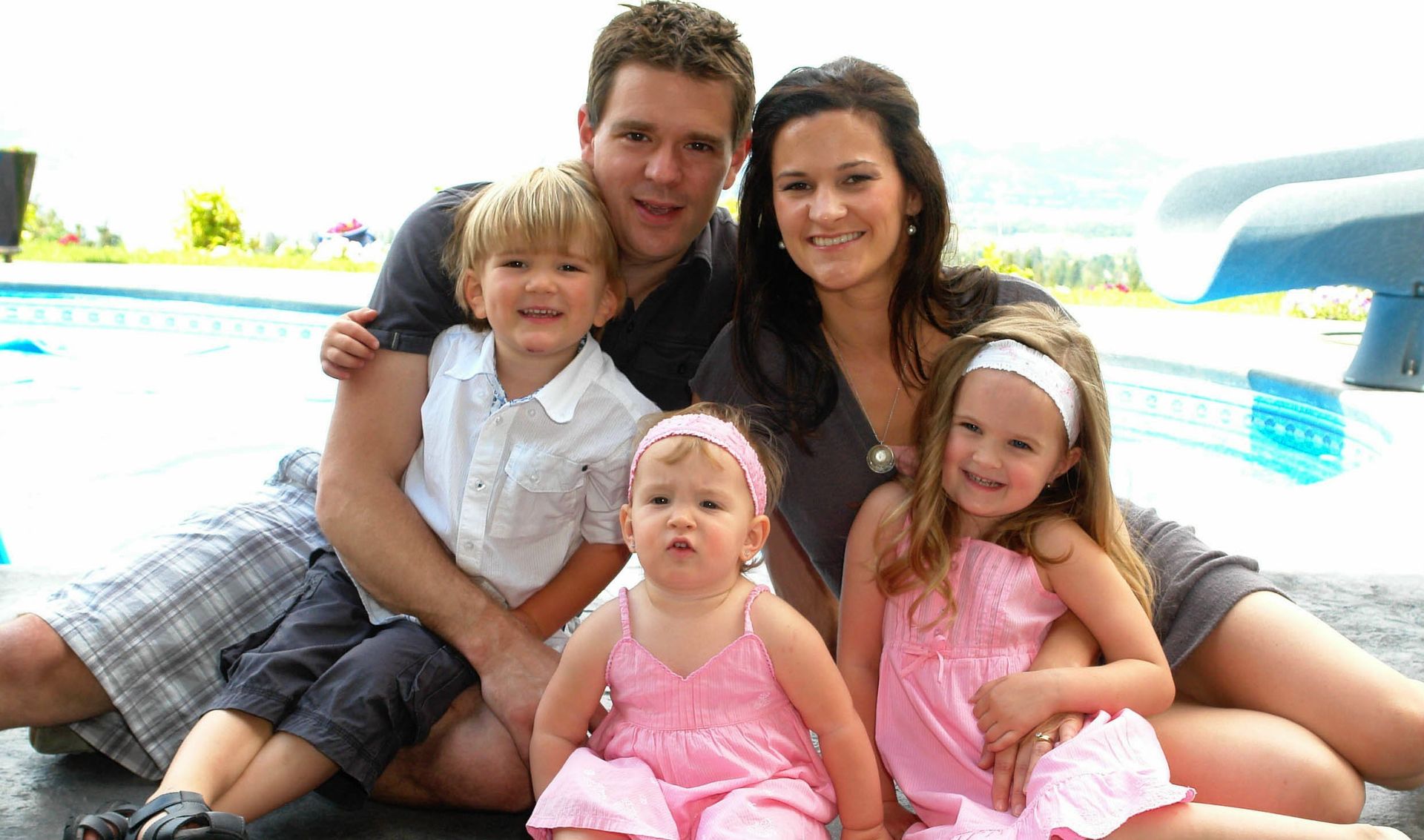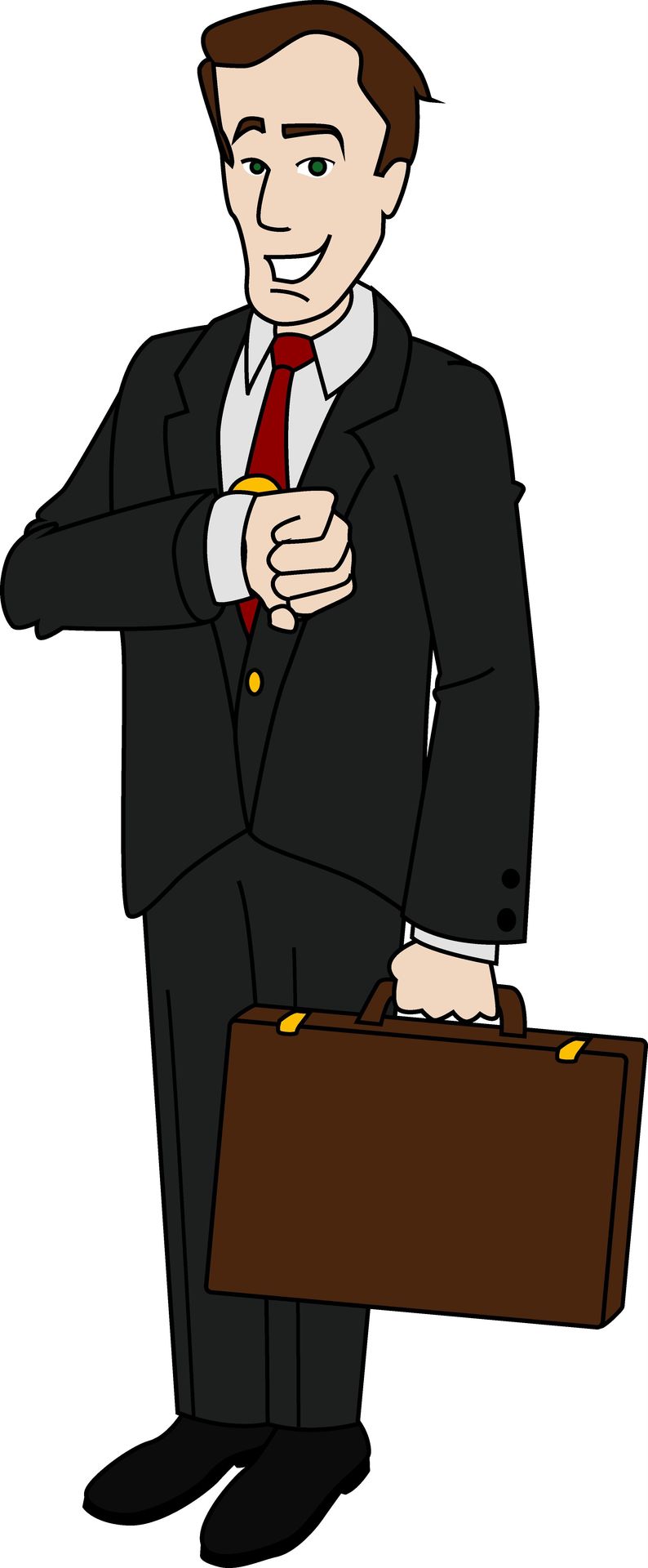The screen glowed, a sterile, unforgiving white against the deepening twilight outside my window. It was 4:00 PM on a Tuesday, and I was deep into my sixth Zoom call of the day – a ‘pre-sync’ for a ‘deep-dive’ scheduled for Friday. The air in my office, usually vibrant with the hum of genuine progress, felt thick with the unspoken obligation to look busy. Someone on the screen, a colleague I vaguely recognized from a previous virtual encounter, was sharing a spreadsheet. A spreadsheet, I swear, that could have been an email, or perhaps a single, concise paragraph in a Slack message. My Slack notifications, meanwhile, were piling up like digital snowdrifts, each chime a tiny spike of anxiety, demanding attention I didn’t have to give.
“It’s a peculiar kind of exhaustion, isn’t it? The one that sets in not from arduous physical labor or brain-bending problem-solving, but from the relentless, performative dance of modern work.”
I remember yawning, unbidden, during an actual important conversation with a client a while back, mortified but powerless to stop it. That wasn’t a sign of disinterest; it was a symptom of this pervasive ‘Productivity Theater.’ We’re all on stage, dressed in our best virtual attire, performing for an audience of peers and managers, all equally weary, all equally engaged in their own acts of apparent diligence. Our calendars are packed, a badge of honor, but if we’re honest, how many of those slots are truly dedicated to creating, building, or solving? For many of us, it feels like 99% of our time is spent talking about work, not doing it.
The Status Symbol of Busyness
This isn’t just about inefficiency; it’s a profound cultural shift. Busy-ness has morphed from a consequence of hard work into a coveted status symbol. The appearance of productivity, the demonstrable act of being ‘on it,’ has become more valuable than the quiet, often messy, process of actual creation. We’re so caught up in documenting our efforts, sending out meeting invites, crafting elaborate updates, and responding instantly to messages, that the space for deep work, for genuine thought, for the kind of slow, deliberate effort that yields true innovation, has all but vanished. It’s like demanding a concert pianist show us their practice schedule for 49 minutes before they’re allowed to play a single note.
I’ve made my share of mistakes in this theater, too. There was a time I insisted on a 19-slide deck for what should have been a two-minute update. I believed, genuinely, that the detail proved our thoroughness. But what it really proved was how much time we could dedicate to an artifact, rather than the underlying substance. The cognitive dissonance of feeling perpetually swamped yet achieving so little that truly moves the needle is a slow, insidious poison, eroding trust not just between colleagues, but within ourselves. We lose faith in the meaning of our contributions.
The Artisan’s Focus
Take Rachel T.J., for example. She’s a vintage sign restorer, a true artisan. I met her at a quirky antique fair when I was looking for an old neon piece for my office. She spends, on average, 9 hours meticulously restoring a single letter on a fading sign. Nine hours of careful cleaning, delicate soldering, hand-painting, and wiring. There are no ‘pre-restoration syncs’ in Rachel’s world, no ‘deep-dive analyses’ of rust patterns before she picks up a tool. Her process is one of genuine engagement. Each stroke, each decision, is about bringing a piece of history back to life, not about documenting the effort for an imaginary audience. Her work demands a quiet focus, a patience that feels almost alien in our always-on environment. The satisfaction isn’t in filling a spreadsheet with her hours; it’s in seeing the neon glow, vibrant and true, for the first time in 39 years.
Focus on Activity
Focus on Outcome
Her dedication to the craft, to the tangible outcome, is a stark contrast to our performative struggles. We send 239 emails a day, attend countless meetings, and yet, at the end of the week, often feel a hollow ache where real accomplishment should be. This cultural shift, where the appearance of work outranks the work itself, doesn’t just waste time; it creates systemic burnout. It fosters a cynicism that says, “Why bother doing real work when looking busy gets the same, if not better, results?” This cycle slowly but surely erodes the very foundations of trust necessary for any meaningful collaboration.
It makes you wonder, doesn’t it? What if we valued genuine participation over performative action? What if our measure of success wasn’t the number of meetings attended, but the palpable impact of our efforts? This concept of intentional, meaningful engagement resonates deeply, especially when thinking about environments designed for responsible and engaging experiences. The difference between merely showing up and truly being present, truly interacting, is immense. It’s the difference between passive consumption and active enjoyment. It reminds me of the philosophy behind engaging communities like จีคลับ, where the focus is on providing genuine experiences that foster real, deliberate participation, not just the illusion of it.
This isn’t to say all meetings are bad, or that communication isn’t vital. Of course, it is. But we’ve allowed the tools of communication to become ends in themselves, rather than means to an end. We’re so enamored with the idea of being connected, of being responsive, that we’ve forgotten what we’re supposed to be connecting for, and what we’re supposed to be responding about. The underlying problem isn’t a lack of effort; it’s a misdirection of effort. It’s a collective delusion that more activity equates to more progress, a costly oversight costing companies untold millions every year. Imagine if the $979 we spend on unnecessary software licenses, or the millions lost in unproductive hours, were instead channeled into resources that truly facilitated deep, meaningful work.
Shifting the Value Proposition
What would happen if we started asking, not, ‘Did you attend the meeting?’ but ‘What did you create today?’ What if we challenged the assumption that every thought needs to be a ‘deliverable,’ every update a ‘sync’? Rachel wouldn’t call an internal meeting to discuss the ‘synergistic potential’ of a new shade of yellow paint; she’d just paint the damn sign, making sure it shines exactly as it should. We need to dismantle the Productivity Theater, piece by agonizing piece. It starts with small, deliberate acts: declining an unnecessary meeting, sending an email instead of scheduling a call, blocking out uninterrupted time for genuine work. It demands a shift in values, away from the loud, visible performance, towards the quiet, impactful act of creation. The real cost isn’t just lost time; it’s lost potential, lost joy, and a pervasive sense of emptiness at the end of a long, performative day. What are we truly building when the foundation is an illusion?
Millions Lost
Real Progress


